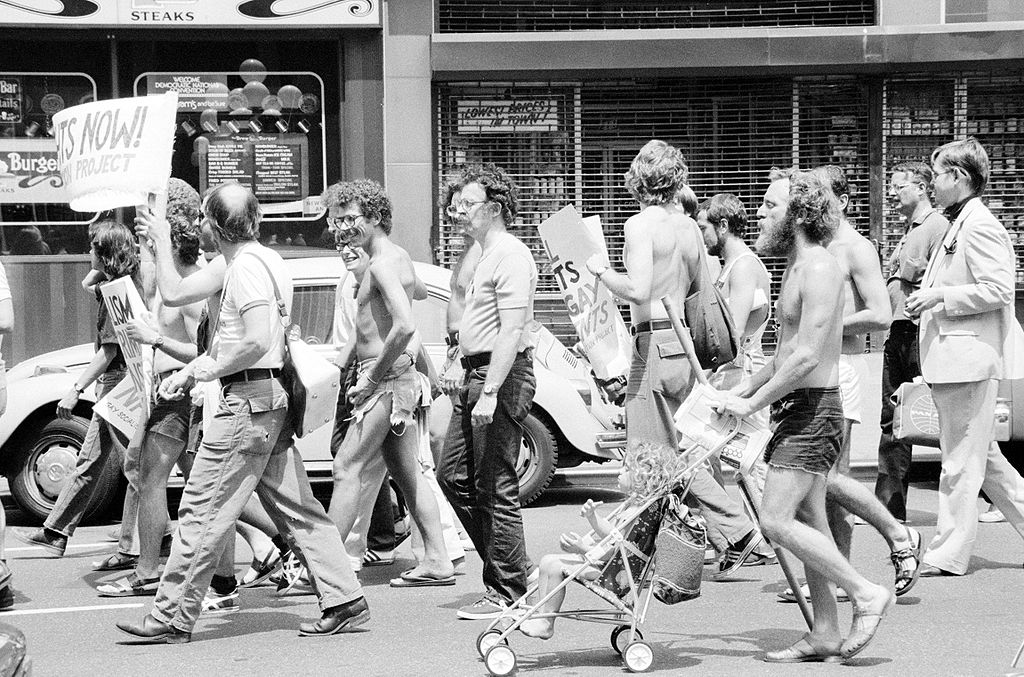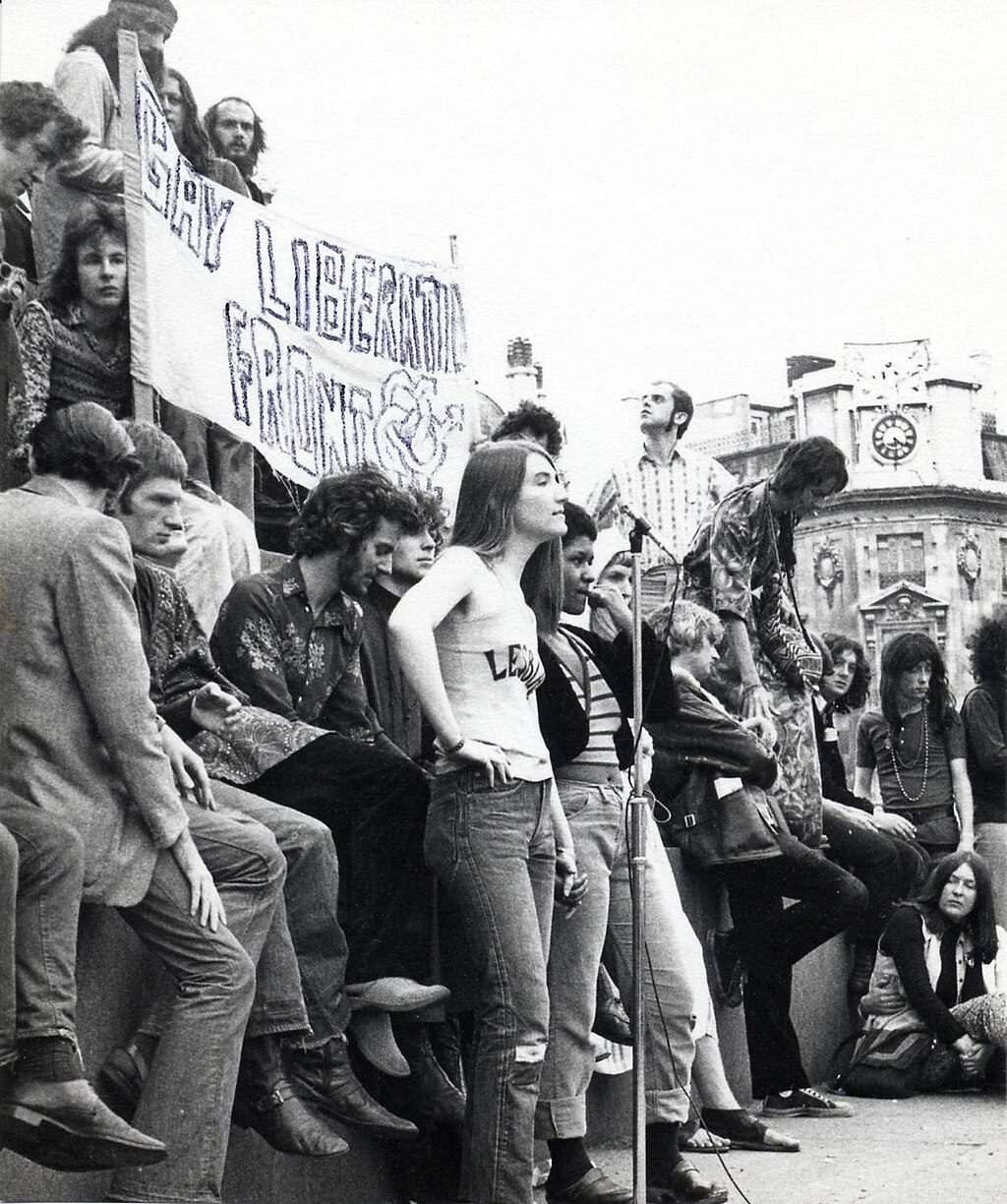LGBTQIA+ – what’s in a name?

What’s in a name? Often, a name focuses the mind and tells us what is important to a movement.
Until the nineteenth century, there was no word for being gay. You can read more about the history of being gay before there was a term for it in books such as “Love stories”. Men could commit the sin of ‘sodomy’ by having sex with another man but no word existed to express sexual and romantic attraction to someone of the same sex. Early attempts to name the love that dared not speak its name included “homosexual”, “inverted sexuality”, and finally “being gay”, with “queer” being a slur that was adopted by the LGBTQIA+ community in defiance and has become used as a more general umbrella term covering otherwise ill-defined non-conforming sexual and gender identities. You can see from this timeline produced by gay rights campaign group Stonewall that we have come a long way in a relatively short time.
When we consider the history of the LGBTQIA+ movement, we find the same social hierarchy emerging that we see elsewhere. The pushback began with the Homophile Liberation Movement and later the Gay Liberation Movement but these were centred around white, cis-gendered, gay men – the most privileged group within the community, and did little to further the needs of women or trans people. To an extent, this is unsurprising. Privileged people have a louder voice and are best able to lead change.
The Gay Liberation Movement was succeeded by the Gay & Lesbian Alliance, and finally, the GLB movement before lesbians were recognised for their work nursing gay men as they lay dying during the early years of the AIDS pandemic, and the acronym was changed to LGB. It took longer before the ‘T’ was added for trans people.

In search of equality
Sadly, bi people still feel largely excluded from within the LGBTQIA+ movement. Studies show that bi people suffer higher levels of discrimination even than homosexuals, with 55% of bi people concealing their sexual identity at work, compared to only 8% of gay men and 6% of lesbians. Bi people are also less likely to engage with the rest of the LGBTQIA+ community, feeling isolated and often deciding to pretend to be heterosexual in order to protect themselves. Bisexuality is often conflated with polyamory and promiscuity – having multiple sexual partners to the point that in the US, organisations exist to promote the concept that ethical and monogamous bisexuals exist. Worse, bi people are all too often accused of being ‘confused’ or somehow ‘greedy’ for being attracted to more than one gender presentation. Bi people often find their voices drowned out and the unique challenges they face dismissed in discussions on LGBTQ+ forums. There is strong evidence that bi people benefit far more from social networks where they can connect easily with other bi people and share their unique experiences without interference.
Trans people still often feel like outsiders to the movement, following decades of exclusion by cis-gendered LGB people. Despite being a key voice in gay liberation from the first days of the Stonewall Riots in 1967, trans people still face legal discrimination around the world. In the UK, trans people had to wait until 2004 before they were allowed to legally register a change in the gender they were assigned at birth.
So, even within the LGBTQIA+ community, there are discrepancies and tiers of acceptance and belonging. We have made progress, but it has not been uniform, and not everyone has benefited equally. We clearly still have a long way to go before everyone feels safe to be and express themselves and that there is somewhere they belong.
Why being bi is often not easy
Bi people suffer higher levels of discrimination even than homosexuals, with 55% of bi people concealing their sexual identity at work, compared to only 8% of gay men and 6% of lesbians. Bisexuality is often confused with polyamory and promiscuity, being the sexual orientation most associated with loose living, at least in the US, to the point that organisations exist to promote the concept that ethical and monogamous bisexuals exist. Slurs, that bi people are ‘confused’ or somehow ‘greedy’ for being attracted to more than one gender presentation are sadly all too common. Often misidentified as either heterosexual or homosexual based on the presenting gender of their current partner, many bi people accept this misidentification in order to ‘fit in’ and avoid conflict, which ultimately fails to satisfy their need to be recognised.
Bi people also find their voices drowned out and the unique challenges they face lost among the discussions on LGBTQ+ forums, the evidence suggesting that bi people only really benefit from social networks where they can connect easily with other bi people and share experiences without interference.
Being aromantic or asexual is not easy either
These people still form deep and meaningful attachments and enjoy serious and lasting relationships akin to partnerships and marriages but they have little or no interest in romance. Like asexual people, aromantic people clearly exist on a spectrum from complete disinterest at the extreme end through to what is traditionally, and somewhat patronisingly, considered the ‘normal’ range of human experience and behaviour. A disinterest in feeding the romance industry that dominates our perceptions of what love and romance look like means asexual people fade into the background. Of course, going further back in time, being asexual was actually taboo because it was seen to challenge the purpose of marriage. Back in the Middle Ages, both partners in a marriage were expected by the Church to consent to sex on demand, a concept dubbed the “marriage debt” in order to keep the marriage healthy and avoid infidelity.
Still, asexuality is not uncommon. A recent survey found only 13% of people on the aromantic spectrum were ‘completely’ or ‘almost completely’ open about their romantic status. 15% concealed their aromanticism completely, while 82% admitted facing discrimination in the form of not being taken seriously, being ignored or having their identity being dismissed by others.
Add to this the general fear and loathing that accompanies any degree of difference among many people, with many aromantic people being maligned as ‘psychopaths’ by those who, worryingly, apparently struggle to distinguish between empathy and romance, and the blithe but intrusive curiosity and entitled expectation among liberals who assume anyone aromantic will be happy to explain over and again how they feel and how they relate to others. It’s exhausting being aro. It also often affects career progression, with aromantic people being frequently turned down for promotions to roles that involve people management on the entirely spurious basis that their lack of romantic attachments must somehow impact their ability to lead, empathise, and relate to people more generally. This tired, unfair and entirely untrue generalisation about aromantic people simply refusing to die is just one more reason why we celebrate this side of the relationship spectrum during the week following Valentine’s Day.




Leave a Comment (note: all comments are moderated)